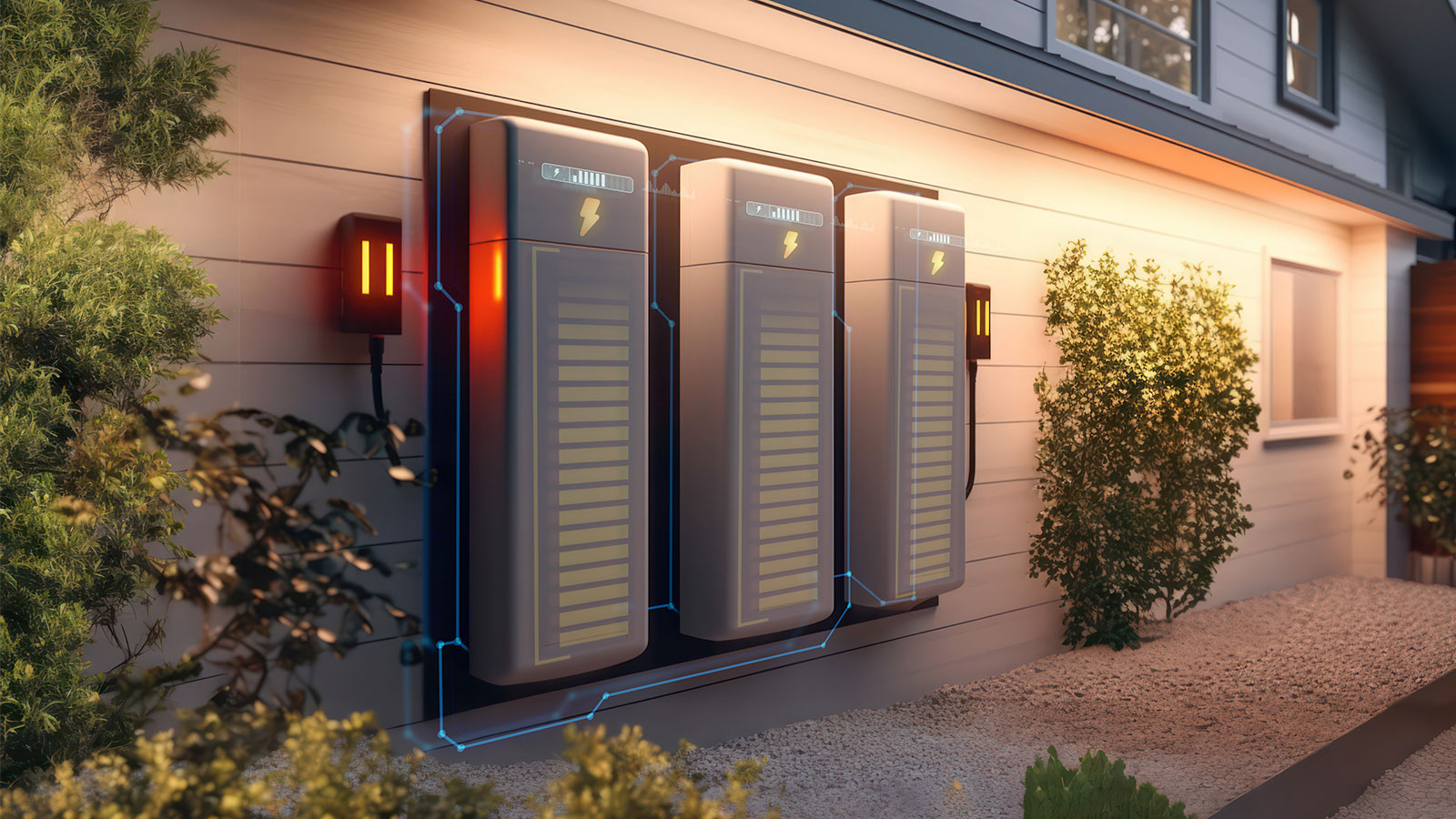Jordan Brompton, Co-Founder and CMO of myenergi, explains why green, clean, integrated tech is key to creating the smart homes of tomorrow.
The past decade has seen momentous progress across technology innovation, led largely by the profound rise of data, which has in turn accelerated the growth of areas such as e-commerce, artificial intelligence, robotics, biotechnology and augmented reality. As new ideas and technologies continue to hit the market, they are having a profound impact on both our lives and wider economic growth.
A key area of interest for many industry analysts is that of smart home technology. What first started as a range of simple solutions to automate clumsy domestic processes has fast become the driver to the homes of tomorrow, with the industry now worth upwards of $90 billion worldwide.
According to insight from Smart Home Week, more than 57% of all UK homes now feature smart home tech, with one in five devices used every single day. What’s more, predictions from Statista suggest that smart device sales are expected to increase by upwards of 85% between now and 2025.
Now, while a fair percentage of these smart devices are relatively rudimentary – smart speakers, smart televisions, smart doorbells and other simple units – an impressive fraction boast far more innovative capabilities, the most intricate of which are helping to drive revolutionary change.
Eco-smart energy solutions – a growth market for the future
Take domestic energy technology as an example. With market volatility and sky-high energy bills driving consumers to investigate alternative solutions, the rise of renewables is happening at pace.
The latest data from the Microgeneration Certification Scheme (MCS), for example, shows that more than 120,000 domestic properties invested in renewables during the first six months of 2023 – a 62% increase compared to the same period last year. What’s more, sales of heat pumps, domestic wind turbines and other microgeneration technologies are rising rapidly alongside, representing a step-change in consumer behaviour.
But while installing renewable energy generation technology might seem like the silver bullet, it’s still important to understand the limitations. Free energy is a huge hook, but the peaks and troughs are unpredictable and lumpy. What’s more, most homeowners are out of the house during periods of high generation and use most energy during low periods.
As such, it’s not unusual to see users exporting surplus energy to the grid and buying it back (at a far more expensive rate) when they need it most. If you don’t manage your generation properly, your future-proof solution to alleviate reliance on mains supply may not deliver the benefits you were expecting.
However, there are simple and user-friendly smart solutions that can help. Thanks to continued product development and extensive investment from across the supply chain, the picture is changing.
Self-consumption tech is the name given to products that help householders to harness up to 100% of green energy generated through renewables. There’s a whole host of gadgets that can achieve this – at prices that really won’t break the bank.
When it comes to products to charge your electric vehicle, for example, some of the market’s best-known solutions are compatible with renewable energy technologies. This means that, alongside operating as mains-connected charging devices, they can integrate with renewables to harness self-generated energy and allow users to – in essence – charge their EV for free.
Alongside EV chargers, significant investment has been made into other smart products that help householders maximise their renewable energy self-consumption. As an example, homeowners can now purchase a power diverter capable of redirecting surplus green power to a designated heating appliance, while a smart battery allows users to capture, store and choose when and where to use their green energy in the home.
Embracing the smart homes of tomorrow
These ‘eco-smart’ products highlight how advances in consumer tech are breaking down barriers to renewable adoption and accelerating the roll-out of smart home capability. While the benefit of reducing carbon emissions has always proven a huge hook, the demand for solutions to offset volatile energy prices are helping the sector soar.


